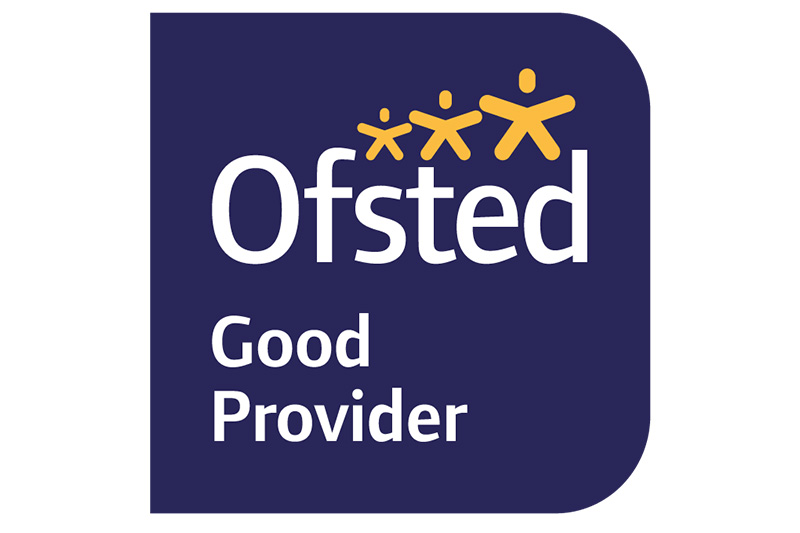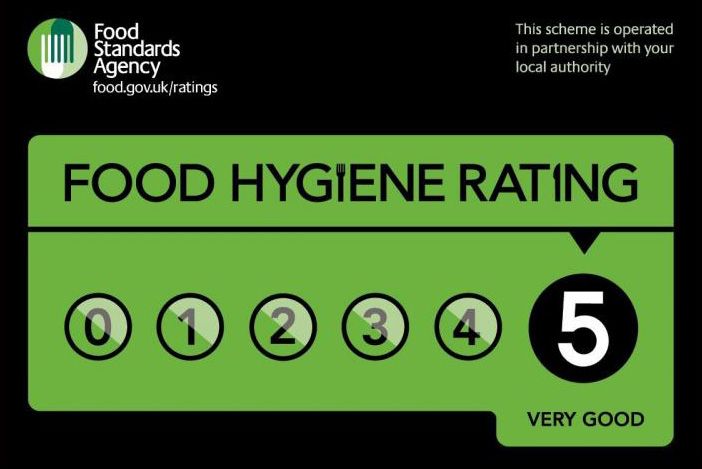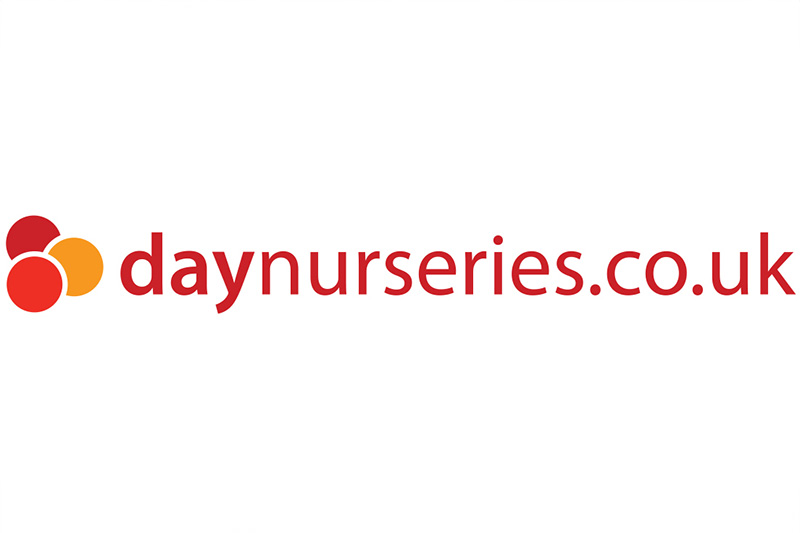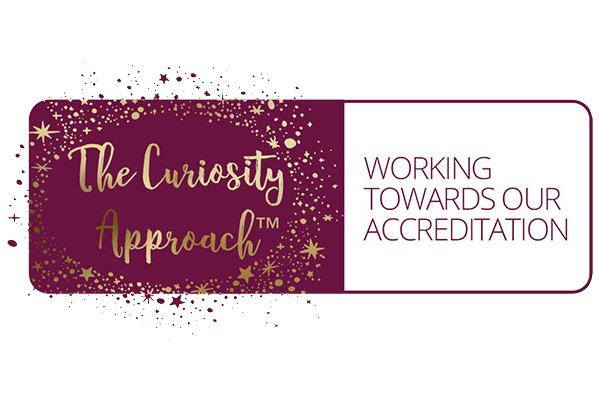
The curiosity approach
The Curiosity Approach is a contemporary method that draws inspiration from important Early Childhood Pioneers like Montessori, Te Whariki, Steiner, and Reggio. The Curiosity Approach highlights the significance of inspiring our children to develop their own skills to become the “thinkers and doers” of our future through the support of mindful, passionate practitioners and modifying our early years environments to inspire Curiosity, Awe, and Wonder in an era where technology is constantly evolving and taking over the “thinking” in many aspects of our lives.
Our magical environments – “the third teacher”
“There are three teachers of children: adults, other children, and their physical environment,” states Loris Malaguzzi. We adhere to this principle at St Aidan’s, we put a lot of effort into developing our environment to welcome, captivate, and motivate our children in order to foster a life-long appreciation of learning.
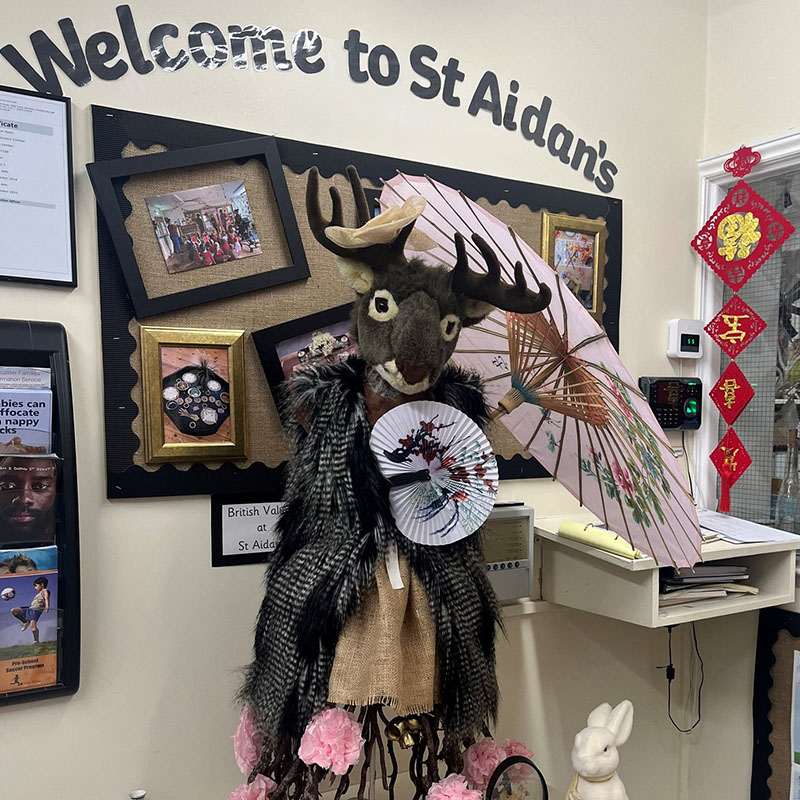



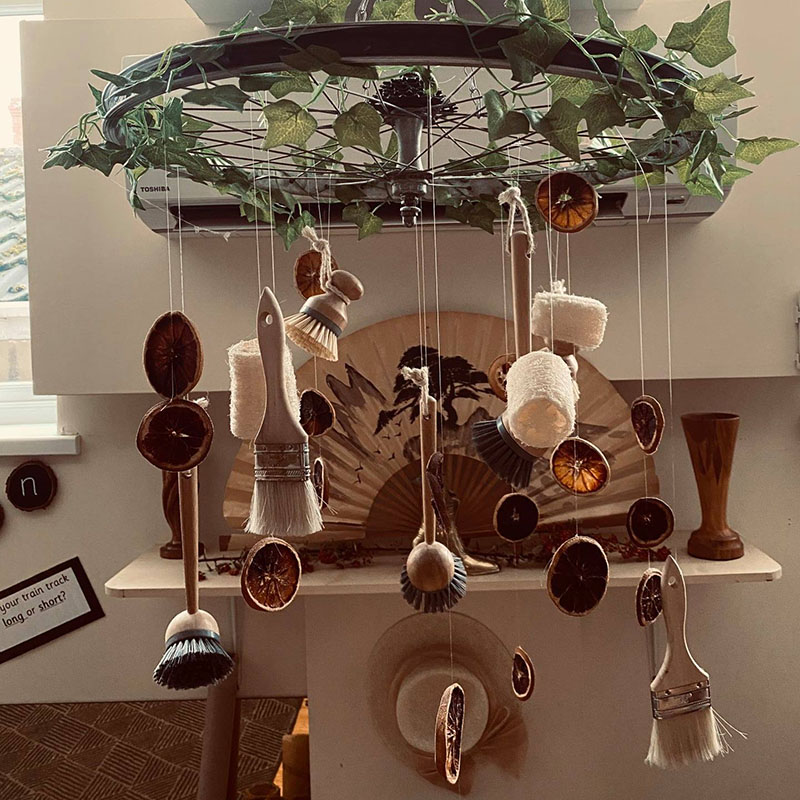

introducing hygge
Hygge (pronounced Hue-guh) is a Danish word that refers to a unique sense of comfort, enchantment, and something a little beyond the ordinary.
Fostering the concept of Hygge in our nursery is part of the Curiosity Approach and is essential to us because it promotes emotional well-being, belonging and friendship, as well as offering the ideal setting for children to explore their surroundings with confidence, or to snuggle down and relax.
Hygge is fostered across our environments utilising quiet, soothing tones, sparkling lights, snug dens, and comfortable furnishings in order to form environments that demonstrate to our children exactly how precious and wonderful they are.
Goodbye plastic
Our resources are genuine, natural, and recyclable. Unlike conventional toys, these items inspire creativity, independent thought, and critical thinking, all while promoting environmental responsibility.
Loose parts
Loose parts, which include things like fir cones, stones, reels, shells, buttons, sticks, tubes, bricks, boxes, etc., are another essential component of our surroundings. They are fantastic for facilitating schematic play since they are open-ended and have countless uses. There is no right or wrong method to combine, move, enclose, position, rotate, connect, or change loose parts!
In addition to encouraging focus, engagement, problem solving, creativity, decision making, numeracy, questioning, building relationships, and sparking imagination, these products nourish our children’s innate curiosity.
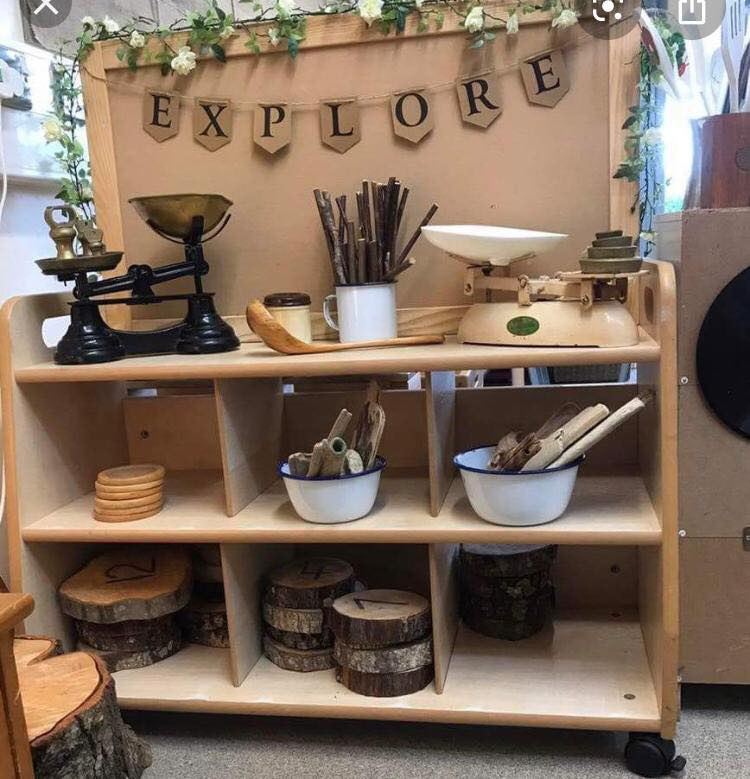
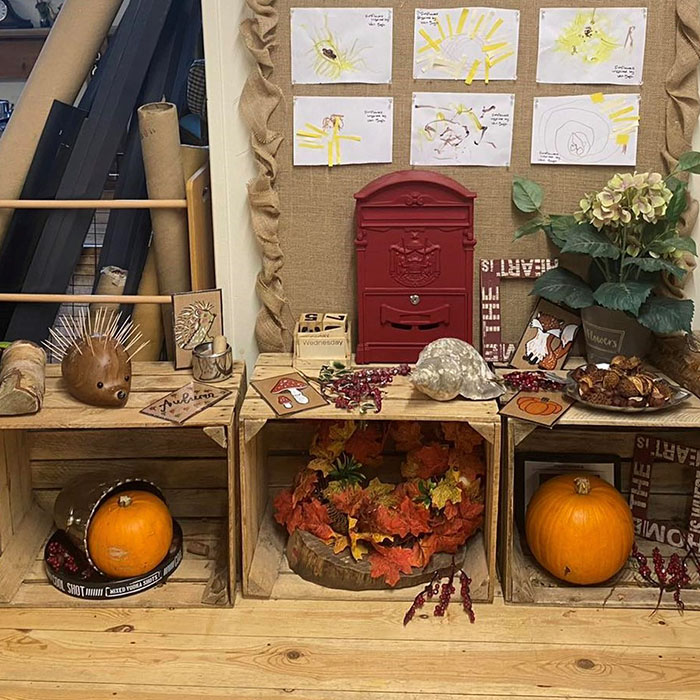
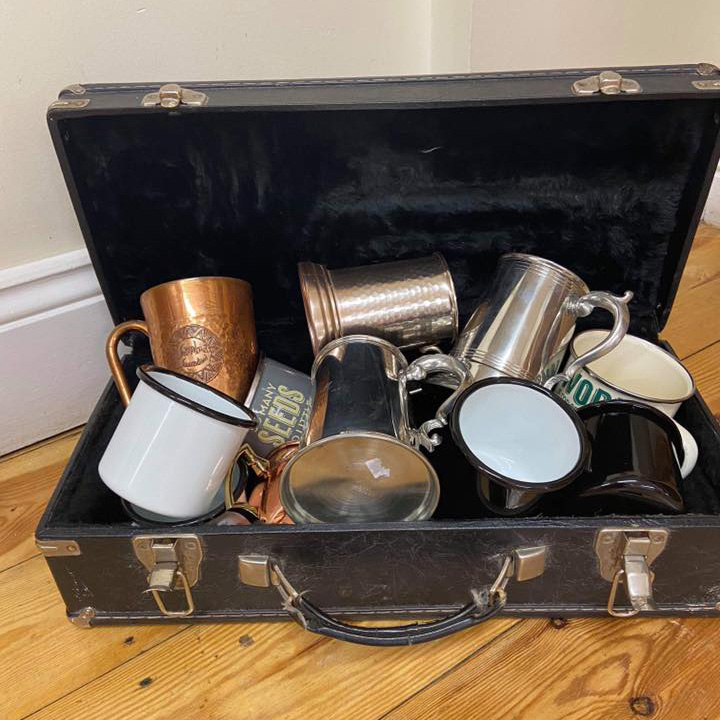
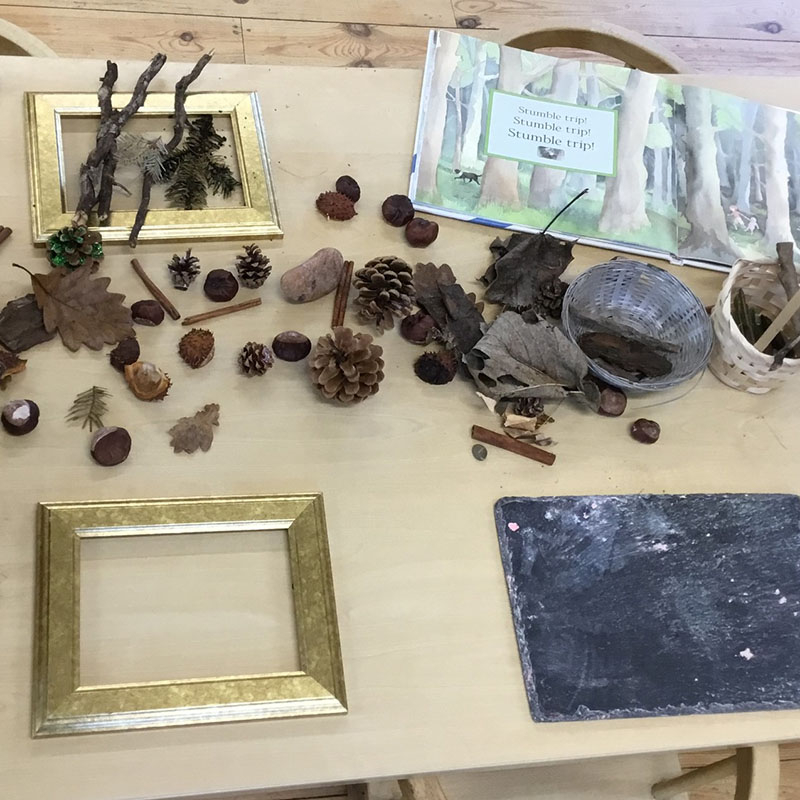


Authentic resources
We craft our enchanting spaces by filling them with thoughtfully chosen authentic items, which we like to call ‘Treasures.’ These include things like China tea sets, trinkets, vintage vanity sets, glass perfume bottles, porcelain ornaments, mirrors, and vintage hats, handbags, and shoes. Children are more inclined to study and explore when they are presented with treasures that are magnificent, gorgeous, intriguing, unusual, fragile, and possibly altogether new to them.
I’m sure a lot of us have happy childhood memories of going to see our grandparents and playing with trinkets, telling stories with ornamental figurines, trying on shoes and hats, or sipping our juice from a China teacup. How unique and honoured did you feel to be trusted with that? How gentle were you at handling those things? How many times were you able to experiment and learn?
Mindful practitioners
Our highly skilled, enthusiastic, and committed practitioners at St Aidans are committed to helping children develop unique bonds, participate in meaningful learning experiences, and set an example of respecting and loving their surroundings while making sure that resources are treated with love and returned to their homes. Read more about our team members.
Trash to Treasure
We would appreciate any gifts of discarded treasures, car boot finds, or charity store findings that you think might enhance our precious collections!
Our journey
In April 2024, we embarked on our Curiosity Approach journey. We have devoted a significant amount of time in recent months to refining our practices and surroundings by considering the following:
